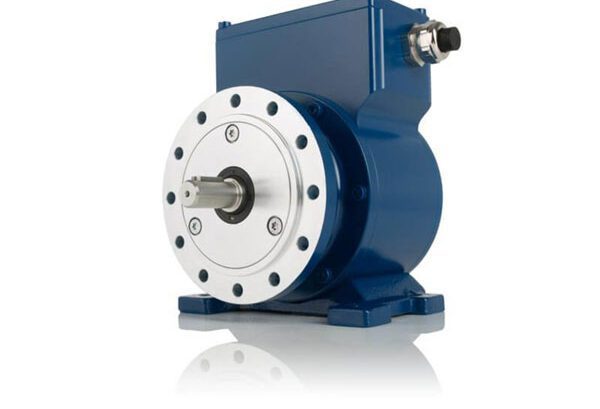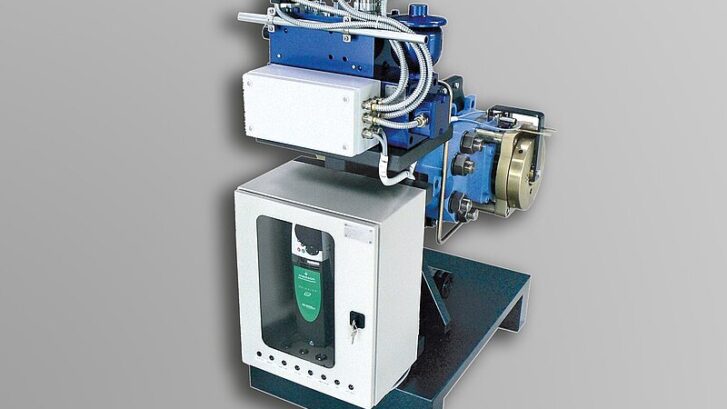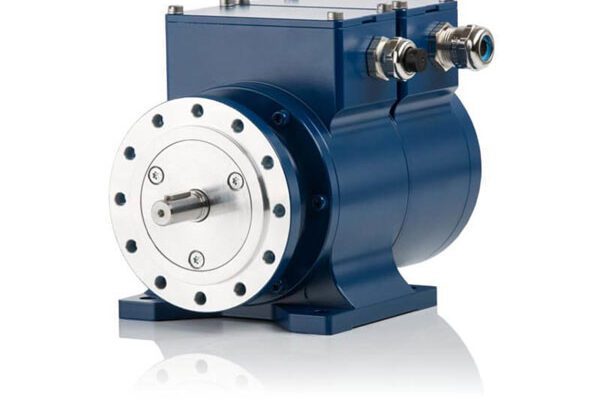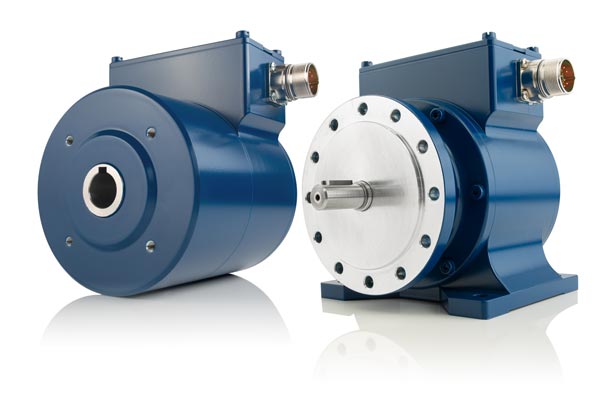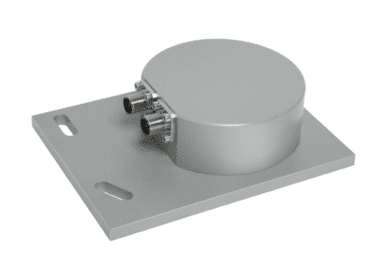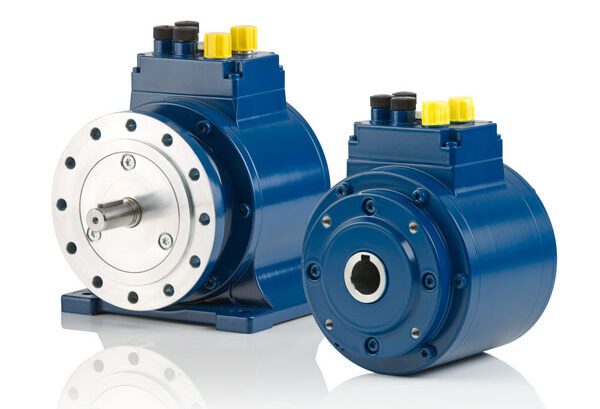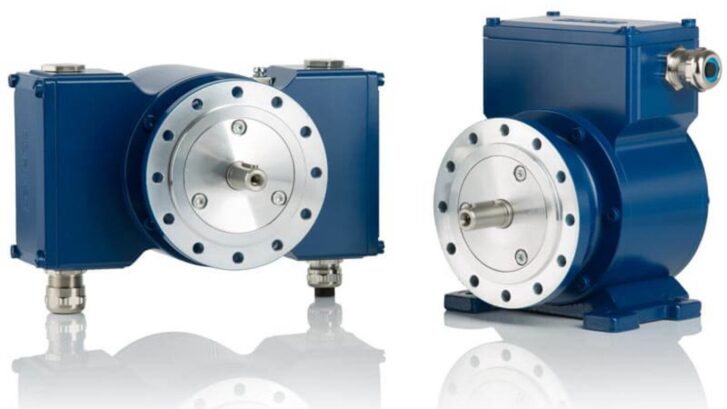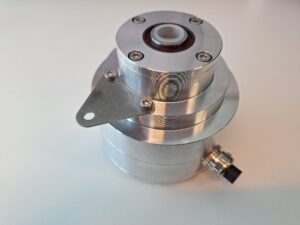Understanding the Importance of IP Ratings
Introduction
In industrial environments, machinery often faces exposure to dust, water, oil, chemicals, and extreme temperatures. Whether it’s operating in a steel mill, mining pit, processing plant, or port terminal, industrial machinery must perform reliably under tough conditions. That’s precisely where IP ratings—Ingress Protection ratings—become essential. These standardized classifications indicate how well a machine is protected from the intrusion of solid objects and liquids.
This article explains the importance of IP ratings for industrial machinery. It also outlines how to interpret them, where they are used, and why selecting the right rating significantly improves safety, performance, and equipment longevity.
What Are IP Ratings?
IP ratings are governed by the IEC 60529 standard, which is set by the International Electrotechnical Commission. Each rating begins with the letters “IP” followed by two digits:
-
The first digit (0–6) denotes protection against solid particles like dust.
-
The second digit (0–9) represents protection against liquids such as water or oil.
For example, a rating of IP67 means the equipment is completely dust-tight (6) and protected from temporary immersion in water up to 1 meter (7).
Common Industrial IP Ratings
-
IP54: Limited dust ingress protection and water spray resistance.
-
IP65: Fully dust-tight and protected against low-pressure water jets.
-
IP67: Dust-tight and immersion-resistant.
-
IP69K: Protected against high-pressure, high-temperature water jets—ideal for environments requiring frequent washdowns.
As a result, understanding these ratings is crucial when selecting machinery for various applications.
Why IP Ratings Matter in Industrial Settings
1. Improved Durability in Harsh Environments
Many industrial facilities operate in dusty, wet, or chemically aggressive environments. If machinery is not adequately sealed, particles and fluids can infiltrate enclosures, causing damage to internal systems. Consequently, using equipment with a high IP rating:
-
Reduces wear and corrosion,
-
Prevents internal component failure,
-
Extends the life of the equipment,
-
And lowers long-term maintenance costs.
For instance, encoders used on conveyors in mining operations must have at least an IP66 rating to withstand abrasive dust and moisture.
2. Enhanced Safety for Workers and Systems
In many industrial operations, safety is paramount. Machines often house electrical and mechanical components that, if exposed to liquids or particles, can create serious hazards like:
-
Electrical shorts,
-
Fires,
-
Injuries from equipment failure.
Therefore, using IP-rated machinery ensures protection for both the workforce and the systems. In explosive environments, such as those found in underground mining or petrochemical plants, this added protection becomes even more critical.
3. Regulatory and Industry Compliance
In some cases, regulatory bodies require machinery to meet specific IP ratings for use in certain environments. Failing to meet these requirements can result in:
-
Compliance violations,
-
Project delays,
-
Voided warranties,
-
And higher insurance premiums.
For example, marine and offshore industries often require outdoor-rated components with IP66 or higher to ensure resistance against salt spray and extreme weather.
IP Ratings by Industry
A. Mining Operations
Mining is among the most challenging environments for machinery. Equipment encounters dust, mud, vibrations, and high humidity. Because of this, control systems, sensors, and encoders require IP66 or IP67 protection to operate reliably underground or in open-cut sites. Moreover, these ratings help reduce downtime caused by contamination.
B. Steel Manufacturing
Steel mills generate intense heat and airborne particulates. As a result, sensors and actuators must be able to withstand hot, dusty environments. IP65 and IP67 enclosures protect against these hazards, ensuring that control electronics continue to function without the need for excessive maintenance.
C. Port and Maritime Facilities
Ports deal with rain, wind, salt-laden air, and frequent equipment cleaning. Shiploaders, cranes, and other outdoor machinery often operate around the clock in these conditions. To avoid corrosion and electronic failure, many facilities rely on IP66 or IP69K-rated components. These enclosures can handle direct water jets and prevent saltwater intrusion.
D. Food and Beverage Industry
In this sector, hygiene is non-negotiable. Equipment must be washed down regularly using high-pressure sprays and chemical solutions. Consequently, IP69K-rated systems are vital to ensure that no bacteria, debris, or fluid enters critical machinery. This protection also ensures compliance with food safety regulations.
E. Bulk Material Handling
Conveyor systems and material hoppers are frequently exposed to dust, debris, and weather fluctuations. In these environments, equipment failure can result in substantial financial losses. Therefore, using IP65 or higher-rated components keeps electronics and moving parts safe, maintaining consistent productivity.
Common IP Rating Misconceptions
1. Bigger Numbers Are Not Always Better
Although it’s tempting to choose the highest available IP rating, it’s not always necessary. Higher ratings can limit airflow and increase costs without providing additional benefits in mild environments. For example, IP69K is excessive for equipment installed in temperature-controlled control rooms.
2. Water-Resistant vs. Waterproof
It’s also important not to confuse water resistance with waterproofing. IP54 equipment can handle occasional splashes, but it cannot survive immersion. By contrast, IP67-rated gear can withstand temporary submersion—ideal for flooding-prone sites.
3. IP Ratings Don’t Last Forever
Over time, gaskets, seals, and enclosures may degrade due to UV exposure, vibration, or chemical contact. Therefore, regular inspection and maintenance are essential, even for equipment with high IP ratings. Failure to do so can lead to unnoticed failures and safety issues.
Selecting the Correct IP Rating for Your Needs
Step 1: Analyze the Environment
Start by identifying potential exposure risks:
-
Is dust or particulate present?
-
Will the equipment be subject to rain, immersion, or cleaning sprays?
-
Are chemicals or extreme temperatures involved?
Step 2: Determine Equipment Sensitivity
Next, examine which components require the most protection. Items like encoders, control panels, and sensor arrays are often vulnerable to ingress. Thus, prioritizing these in your IP selection is critical.
Step 3: Balance Protection with Practicality
Although higher ratings offer greater protection, they can also increase cost and reduce heat dissipation. Therefore, select the rating that matches your needs without overengineering the solution.
Step 4: Verify Compliance Requirements
Always check for applicable regional or industry-specific regulations. Some projects may mandate a minimum IP level for legal or insurance reasons.
Benefits of Proper IP Rating Selection
| Benefit | Explanation |
|---|---|
| Reduced Downtime | Proper sealing keeps components operational longer, reducing unplanned outages. |
| Lower Maintenance | Prevents contamination, minimizing the need for repairs or cleaning. |
| Extended Lifespan | Protects internal parts from wear and corrosion. |
| Safer Operations | Eliminates risks of electric shock, fire, or mechanical failure. |
| Regulatory Compliance | Ensures adherence to local and international safety standards. |
Real-World Example: Port Crane Retrofit
A container terminal in Brisbane experienced frequent crane encoder failures due to saltwater ingress. After upgrading from IP54 to IP66-rated encoders, failures dropped by 80%, reducing costly repairs and unplanned downtime. Additionally, operator confidence improved as equipment performance stabilized, showcasing the value of investing in appropriate IP ratings.
Future Outlook: Smart IP Solutions
The industrial sector is moving towards smarter and more sustainable sealing solutions. Some innovations include:
-
Dynamic Seals: Automatically adjust based on pressure and conditions.
-
Embedded Sensors: Monitor humidity or pressure inside the enclosure to detect breach risks.
-
Eco-Friendly Materials: Recyclable gaskets and enclosures reduce environmental impact.
These solutions not only offer better protection but also align with digital transformation goals in modern industry.
Conclusion
In summary, IP ratings are a fundamental specification that directly affects the performance, safety, and longevity of industrial machinery. Whether working in a clean indoor facility or a rugged, weather-exposed site, machinery must be matched with enclosures that offer adequate protection from ingress.
Choosing the correct IP rating saves money, prevents equipment failures, and ensures regulatory compliance. With environmental factors becoming more extreme and automation more prevalent, understanding and applying the right IP rating is more critical than ever.
Investing in machinery with suitable IP ratings isn’t just about durability—it’s about safeguarding productivity, protecting workers, and staying compliant in a fast-evolving industrial landscape.



